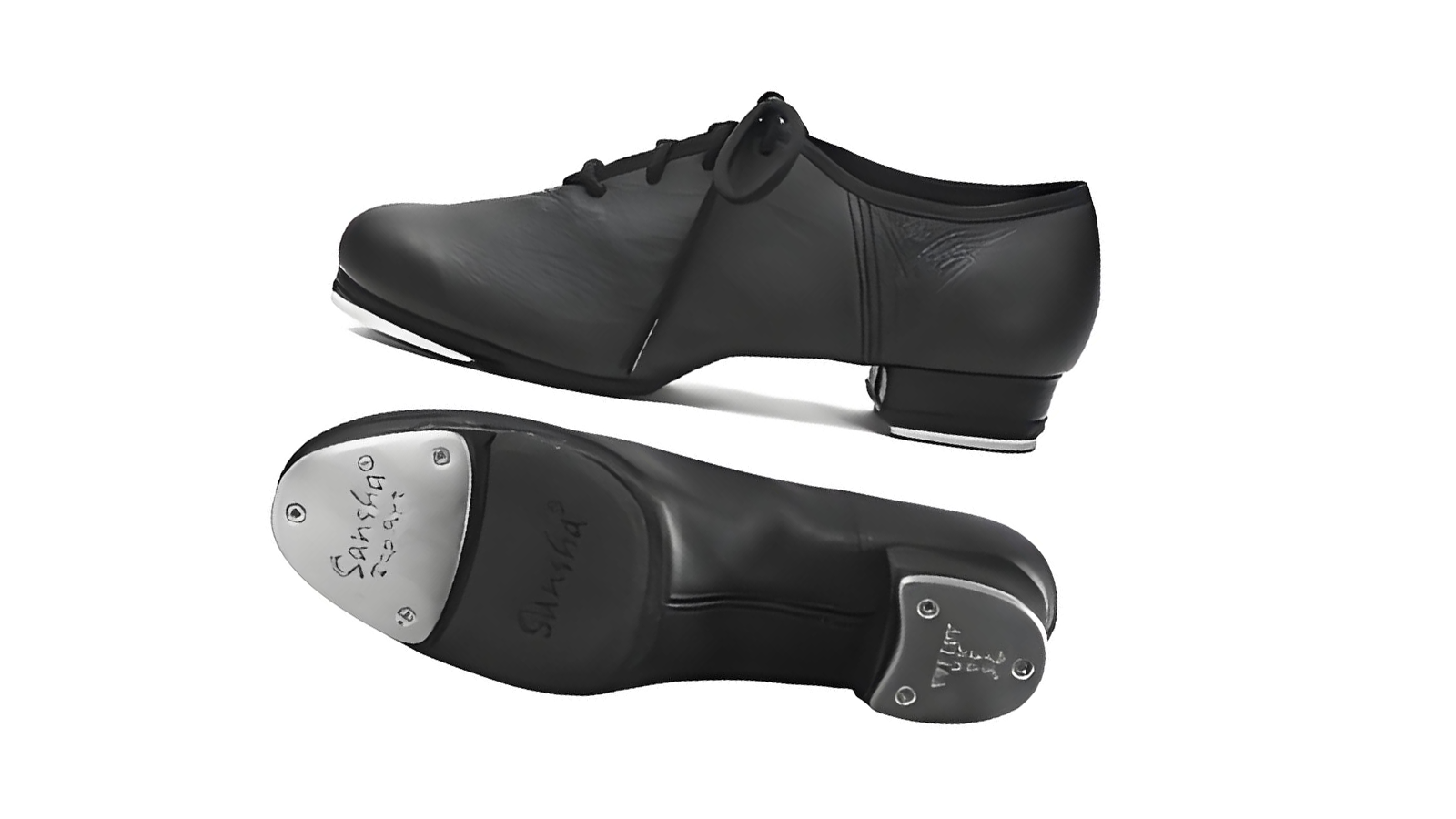Shoes Tap Dance : Dancers always need a pair of dance shoes, which not only support professional dance movements, but also have high requirements for appearance because there are many people watching the dance on stage. At the same time, tap dance shoes require very high quality at the base of the shoes, as they need to complete the tapping action and also have certain requirements for the cushioning design of the feet.
So there are many issues to consider when making a purchase. This article will explain the combination of shoes and dance, as well as the selection methods and post maintenance storage, hoping that you can buy a pair of tap dance shoes that are suitable for you.
How to Choose Shoes Tap Dance: Balancing Functionality and Aesthetics
Choosing shoes tap dance is like finding a dance partner—you need something that moves with you, not against you. The metal taps on the sole should produce clear sounds without feeling heavy, while the upper material needs to hold your feet securely without causing discomfort. Many dancers learn the hard way that overly stiff soles make basic steps awkward, while overly flexible ones fail to deliver crisp rhythms. Leather remains a top choice for its balance of durability and adaptability, though synthetic options offer easier maintenance for casual users.
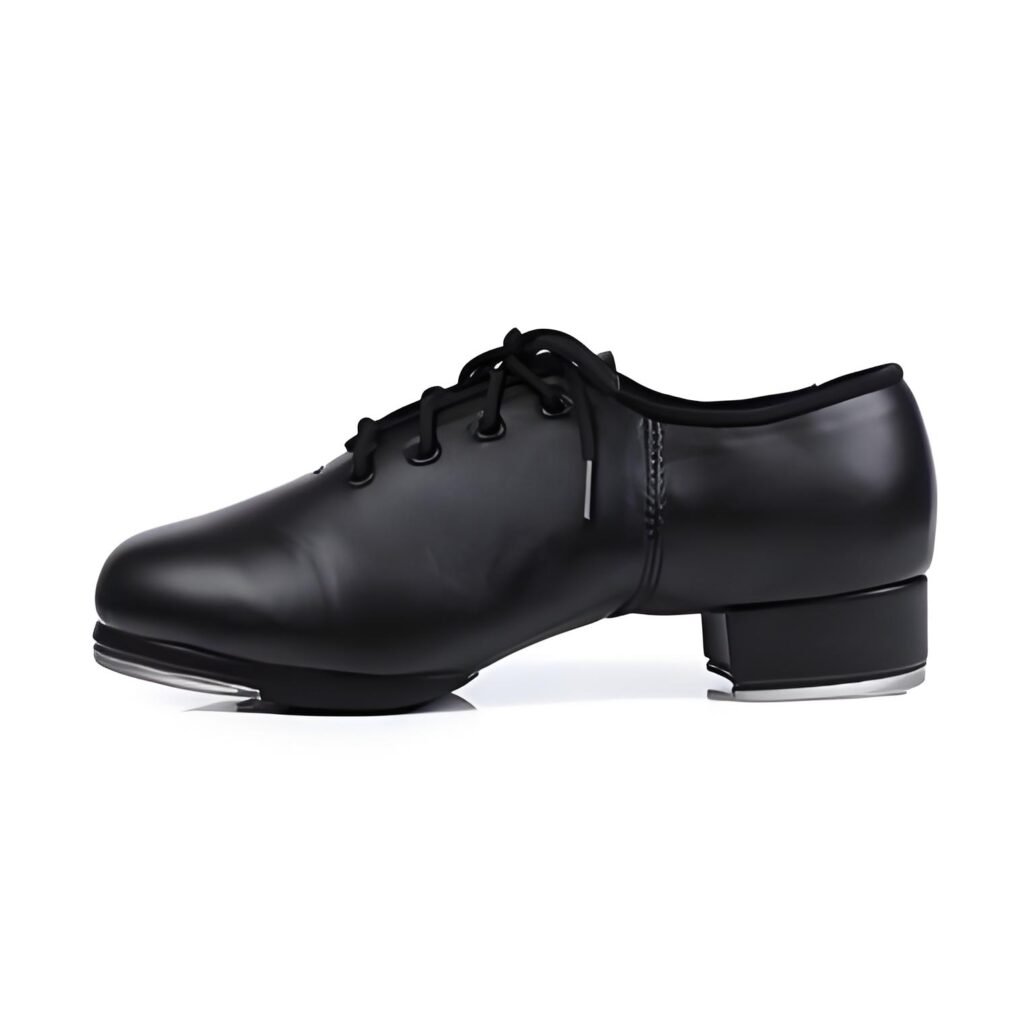
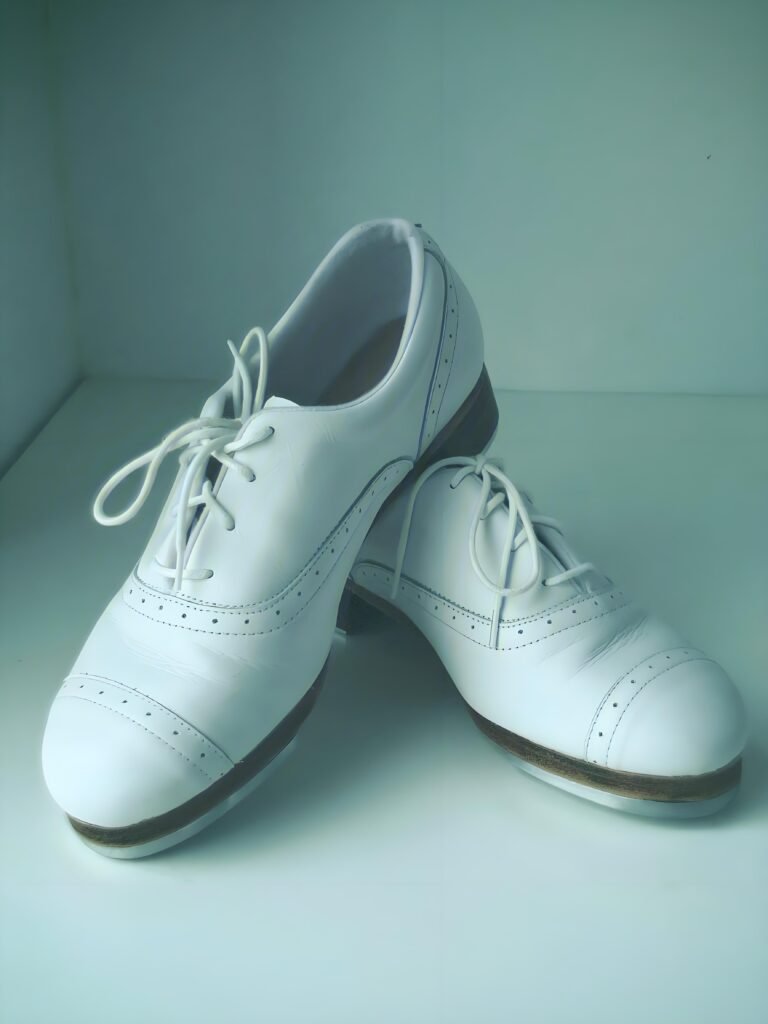
A good fit isn’t just about size—it’s about how the shoe responds during turns, jumps, and those endless practice repetitions. Some dancers prefer a snug fit for better control, while others prioritize room for toe movement in complex routines. The real test comes when you stop thinking about the shoes and start focusing on the dance itself. That’s when you know you’ve found the right pair.
The Sole Secret | Decoding Professional Cushioning in Shoes Tap Dance
The sole of shoes tap dance works like a shock absorber in a car—its job is to protect your feet while letting you feel every beat. Unlike regular shoes, the base needs to handle both impact and sound production. Think of it as tuning a musical instrument: too soft and the taps lose clarity, too hard and your feet pay the price after hours of practice. Most professional models use layered construction, combining rigid materials for the tap plate with softer sections under the ball of the foot. This balance lets dancers execute sharp rhythms without sacrificing comfort during long routines.
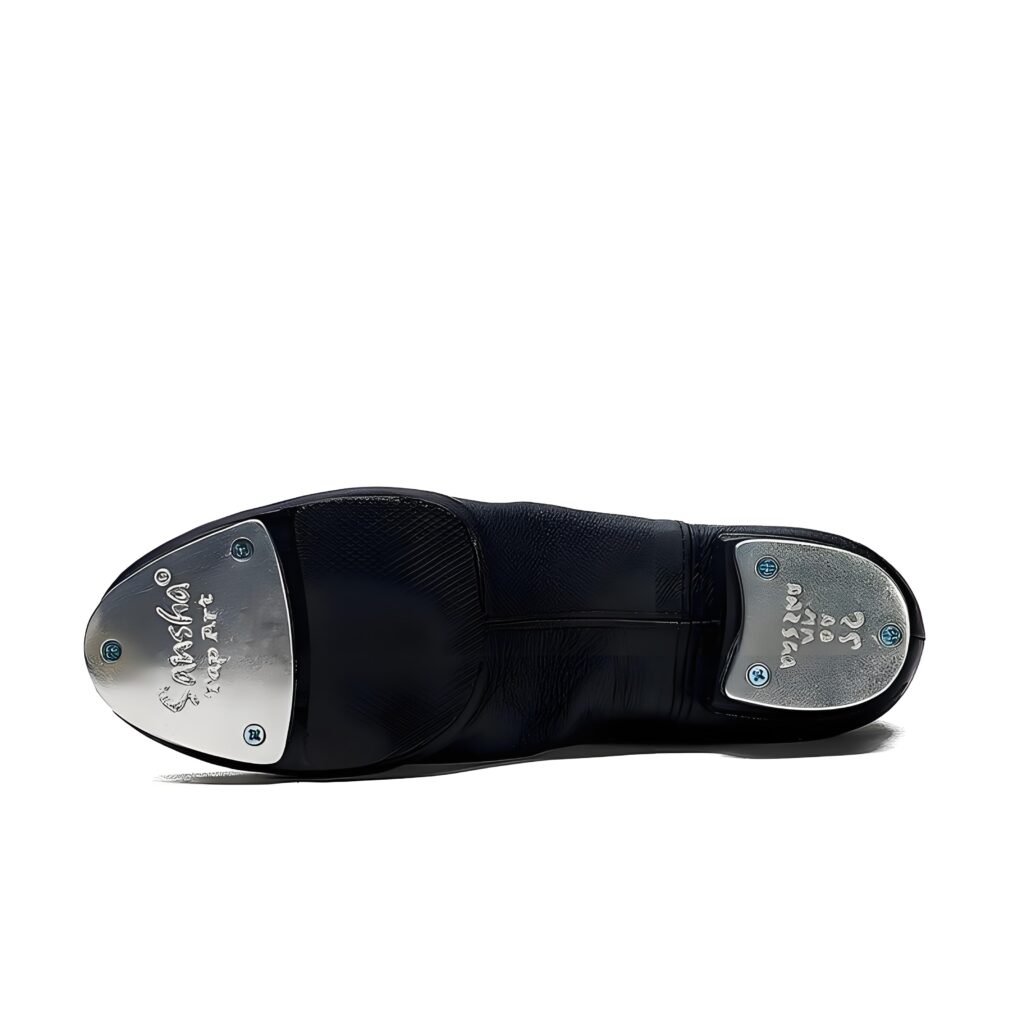
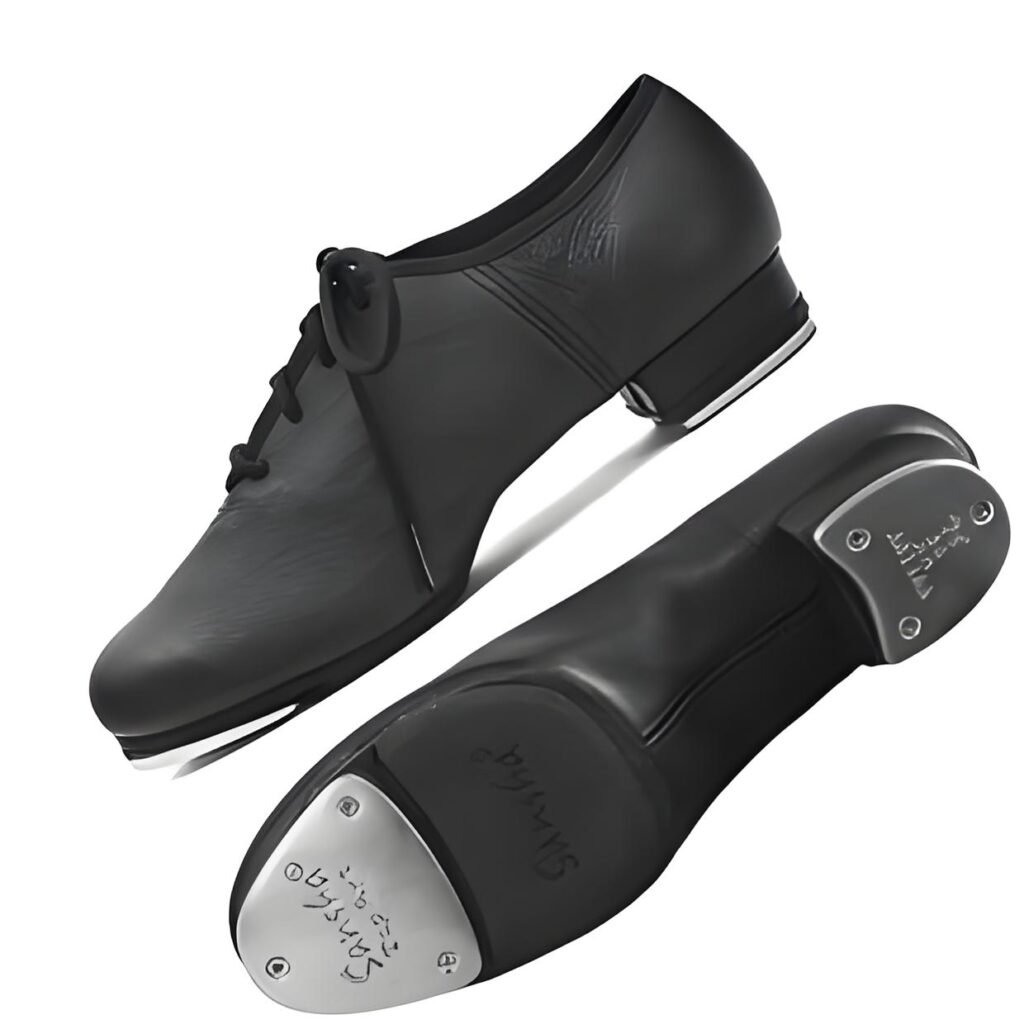
While traditional leather soles remain popular for their natural flexibility, modern options mix synthetic materials for better shock absorption. Some brands even add gel pockets or air cushions in strategic spots, though purists argue these features alter the authentic tapping sound. The real test happens on the dance floor—when you land a jump and feel the rebound rather than the jolt, you know the cushioning system is doing its job right.
Maintenance Guide | 3 Steps to Extend the Lifespan of Shoes Tap Dance
Taking care of shoes tap dance might seem like a minor detail, but it’s what separates a season-long companion from a one-show wonder. The first step is simple: let them breathe. After a sweaty rehearsal, storing them in a closed bag traps moisture that softens leather and dulls metal taps. A better approach is to stuff the shoes with newspaper or a drying insert to absorb sweat overnight. Over time, this small habit preserves both the structure and sound quality.
Regular inspections keep small issues from becoming showstoppers. Check the toe taps weekly by gently tapping them on a hard floor—if the sound becomes muffled, it’s time for a quick sanding with fine-grit paper. The same goes for heel plates, which bear most of the impact during power moves. Some dancers swear by applying a thin layer of clear nail polish to metal edges, claiming it prevents rust while maintaining a crisp tone.
Conclusion
Shoes tap dance are more than just footwear—they’re the unsung collaborators in every performance. The right pair becomes an extension of the dancer’s body, translating movement into rhythm with precision. Through proper selection, dancers learn to balance technical needs with personal style, finding shoes that respond to both choreography and creative impulse. The sole’s engineering transforms physical impact into musical expression, while thoughtful maintenance ensures these instruments remain reliable partners through countless rehearsals and shows.
Got questions? contact us.

